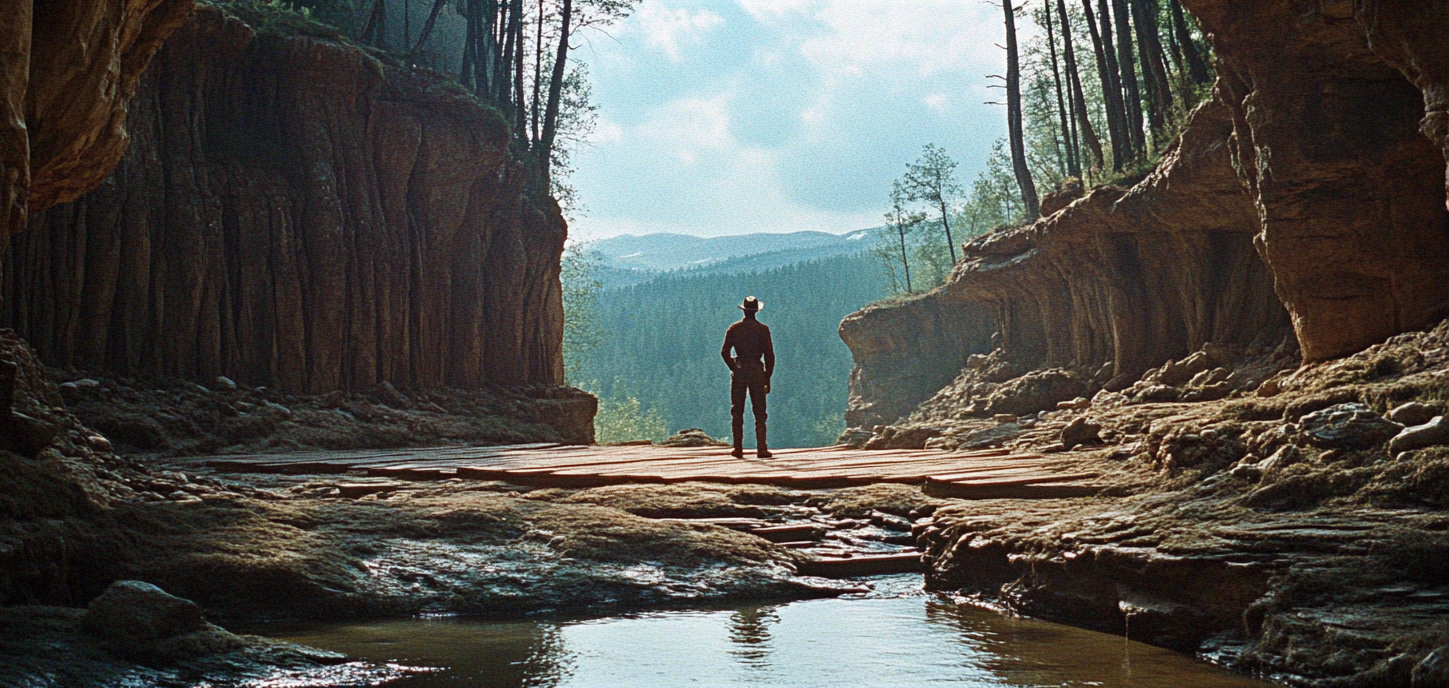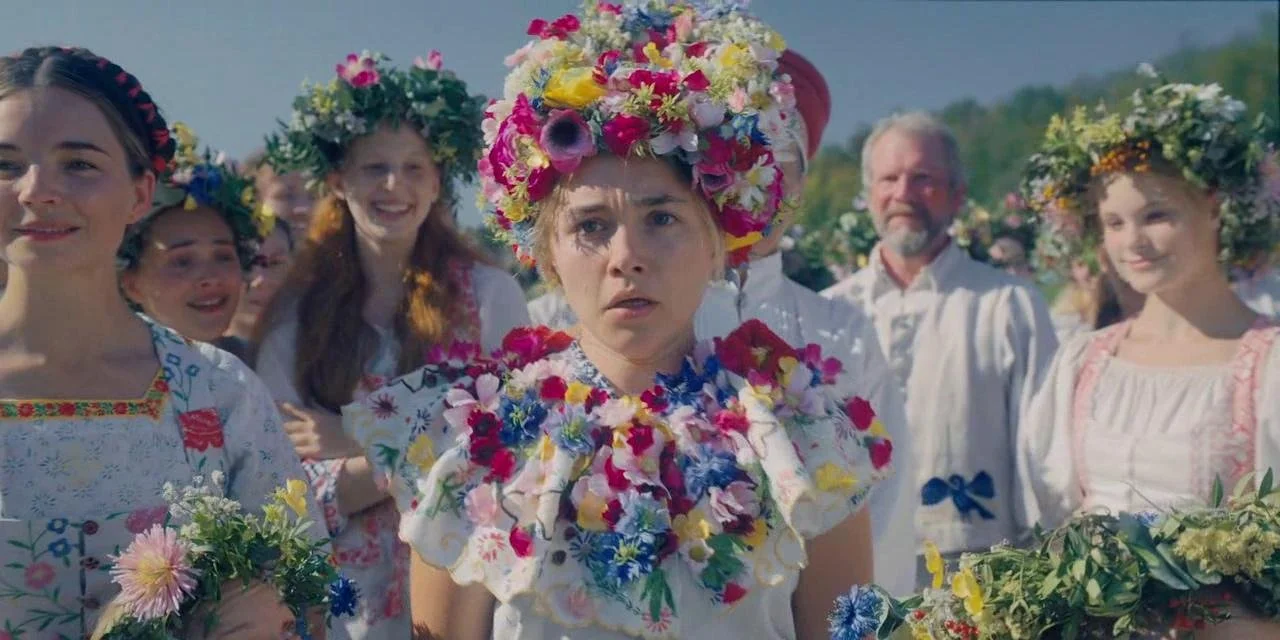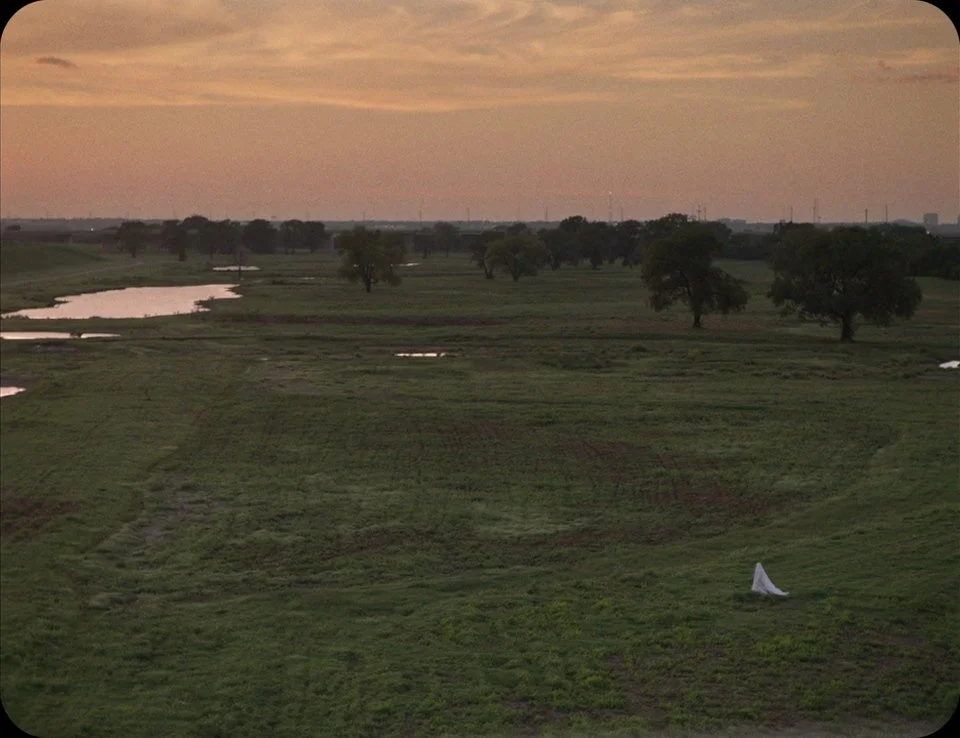The Expansive Vision: Aesthetic and Psychological Uses of Wide-Angle Lenses in Cinema
Cinema is all about perspective, and few tools shape that perspective as profoundly as the wide-angle lens. More than just a way to fit more into the frame, this lens can redefine space, manipulate time, and alter how we engage with a story on a psychological level. While often associated with sweeping landscapes or exaggerated close-ups, independent filmmakers have pushed its expressive potential even further, crafting visually and emotionally intricate narratives. This article explores how wide-angle lenses are being used to enhance storytelling, from shaping environments to revealing the inner workings of a character’s mind.
Aesthetic Dimensions: Beyond the Frame
1. Spatial Poetics: Crafting Narratives Through Space
A wide-angle lens expands the field of view, but its real magic lies in how it choreographs relationships—between foreground and background, characters and environment. It’s not just about capturing more; it’s about making space an active participant in the story.
In Columbus (Kogonada, 2017), the wide-angle lens doesn’t just frame the city’s modernist architecture—it invites us to see how these structures echo the emotional states of the characters. The compositions contrast rigid, imposing buildings with characters in flux, reinforcing themes of solitude, connection, and transformation. Here, space isn’t just a setting; it’s an active force that shapes our understanding of the characters’ experiences.
2. Psychotopography: Visualizing Mental Landscapes
A lesser-discussed but powerful use of wide-angle lenses is their ability to externalize a character’s psychological state—what we might call psychotopography. By bending and stretching space, filmmakers can make a character’s inner world manifest in their surroundings.
In Midsommar (Aster, 2019), wide-angle distortion pulls the audience into the protagonist’s unraveling psyche. When hallucinogens take hold, the warped visuals make the external world feel elastic, reflecting her emotional disorientation. The result is an immersive, almost participatory experience of psychological breakdown, where space itself seems to breathe and shift in tandem with the character’s inner turmoil.
Midsommar, (Aster, 2019)
3. Temporal Expansion: Engaging with Time Through Space
Wide-angle lenses don’t just shape space—they also affect our perception of time. By inviting the eye to roam across an expansive field of detail, they can slow the audience’s engagement, creating a sense of temporal expansion.
In A Ghost Story (Lowery, 2017), the combination of wide, static shots and lingering compositions fosters a profound stillness. As the ghost silently inhabits vast, empty spaces, we feel the weight of time stretching indefinitely. The frame encourages contemplation, mirroring the film’s meditation on memory, loss, and the inexorable passage of time.
A Ghost Story (Lowery, 2017)
Psychological Dimensions: Inside the Mind’s Eye
1. Perceptual Ambiguity: The Uncertainty of Reality
Wide-angle lenses distort physical space, but that distortion can also become a metaphor for psychological instability. When reality itself is in question, manipulating space can subtly unsettle the viewer.
In Enemy (Villeneuve, 2013), the wide-angle lens reinforces the protagonist’s paranoia. As he grapples with the existence of his doppelgänger, the warped cityscapes and confined interiors mirror his splintering psyche. The visual distortions make the world feel unstable, reinforcing the film’s themes of identity fragmentation and existential dread.
Enemy (Villeneuve, 2013)
2. Empathy Engineering: Proximity and Emotional Intimacy
Though typically associated with vast spaces, wide-angle lenses can also heighten intimacy. By exaggerating closeness, they intensify emotion, allowing us to feel deeply connected to the characters.
In The Florida Project (Baker, 2017), Baker uses wide-angle shots to capture the world from the perspective of the film’s child protagonists. Often placed close to the camera, the children dominate the foreground, while the bright yet dilapidated landscape of their surroundings fills the frame behind them. This technique enhances our emotional proximity to them, immersing us in their experience while maintaining an awareness of the harsh realities beyond their innocence.
The Florida Project (Baker, 2017)
3. Cognitive Dissonance: Visual Tension and Psychological Conflict
When used deliberately, wide-angle lenses can create cognitive dissonance—placing elements within the frame that feel incongruous, generating a subtle but palpable discomfort.
In The Killing of a Sacred Deer (Lanthimos, 2017), the wide-angle lens contributes to the film’s eerie detachment. The exaggerated spatial relationships—figures swallowed by cavernous, sterile rooms—mirror the story’s underlying dread. This visual alienation mirrors the protagonist’s moral paralysis, making the tension between what is seen and what is felt even more unsettling.
The Killing of a Sacred Deer (Lanthimos, 2017)
Conclusion: The Expansive Potential of Wide-Angle Lenses
Wide-angle lenses offer more than just a broader perspective—they shape space, stretch time, and deepen emotional engagement in ways that profoundly affect how stories are told. Whether reflecting a character’s psychological state, reinforcing thematic subtext, or subtly altering our perception of time, these lenses give independent filmmakers a powerful visual tool for storytelling.
In independent cinema, where creativity often thrives on limitations, the wide-angle lens proves invaluable for those willing to push its expressive capabilities. As filmmakers continue experimenting, this lens will remain a key instrument in crafting immersive, thought-provoking narratives that challenge, captivate, and resonate long after the credits roll.
To find out more about using camera techniques and composition to convey visual meaning check out our online course, The Art of Directing.





